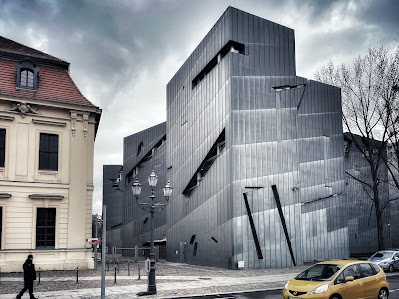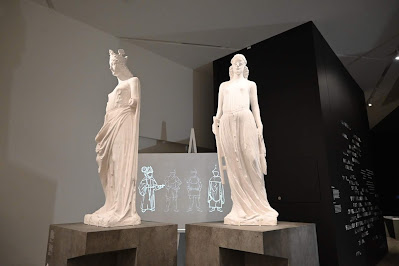Jewish Museum Berlin

Introduction
Located in the heart of Germany’s capital, the Jewish Museum Berlin is one of the most significant cultural institutions in Europe. This remarkable museum offers an in-depth exploration of Jewish history, culture, and identity in Germany, spanning from the Middle Ages to the present day. Designed to be both educational and thought-provoking, the museum provides visitors with a powerful experience through its unique architecture, interactive exhibitions, and moving personal stories. Whether you are interested in history, art, or contemporary issues, the Jewish Museum Berlin offers an unforgettable journey that highlights resilience, creativity, and the enduring contributions of the Jewish community.


About the Museum
The Jewish Museum Berlin first opened its doors in 2001 and has since become one of the most visited museums in the city. Its striking architectural design by Daniel Libeskind is a key feature that enhances the visitor experience. The building’s bold, zigzagging structure is symbolic of the fragmented history of Jewish life in Germany, and its dramatic voids and sharp angles evoke deep emotional responses.
Inside the museum, visitors can explore a vast collection of artifacts, artworks, and multimedia displays that tell the story of Jewish life over centuries. The core exhibition takes a chronological approach, covering key historical events such as medieval Jewish settlements, the Enlightenment period, and Jewish contributions to German society. A significant section is dedicated to the Holocaust, presented with sensitivity and depth, allowing visitors to reflect on the experiences of Jewish individuals and families during this tragic period.
Beyond history, the museum also highlights contemporary Jewish life and culture in Germany. Interactive exhibits, personal testimonies, and temporary exhibitions provide insight into how Jewish traditions continue to evolve today. The museum’s Garden of Exile and the Holocaust Tower are particularly impactful spaces that offer moments for contemplation and remembrance.
Interesting Facts
- Striking Architectural Symbolism: The museum’s building, designed by Daniel Libeskind, is filled with intentional design elements that reflect themes of loss, memory, and continuity.
- Largest Jewish Museum in Europe: With its extensive exhibitions, archives, and educational programs, it is the largest Jewish museum on the continent.
- Garden of Exile: This outdoor installation features 49 concrete pillars arranged in a tilted manner to create a sense of disorientation, symbolizing the struggles faced by those forced into exile.
- Interactive and Multimedia Exhibits: The museum incorporates modern technology, including digital displays, audio recordings, and personal testimonies, to create an engaging and immersive experience.
- Emphasis on Contemporary Jewish Life: In addition to historical exhibits, the museum actively showcases modern Jewish culture, art, and social contributions in Germany today.
Photo Gallery

















Physical Location
Contact Details
Phone: +49 30 2599 3300
Website: jmberlin.de/en
Facebook: facebook.com/jmberlin
Conclusion
The Jewish Museum Berlin is much more than a museum—it is a place of reflection, education, and inspiration. Its carefully curated exhibitions and innovative architectural design create an experience that is both informative and deeply moving. Visitors leave with a greater understanding of Jewish history, the challenges faced by the community, and the resilience that has shaped Jewish identity over centuries. Whether you are visiting Berlin for the first time or returning to explore its cultural landmarks, the Jewish Museum Berlin is a must-see destination that offers profound insights into the past and present.




